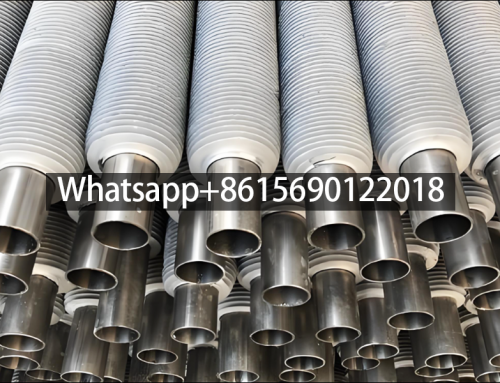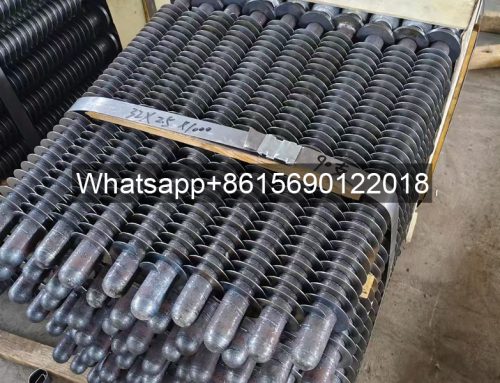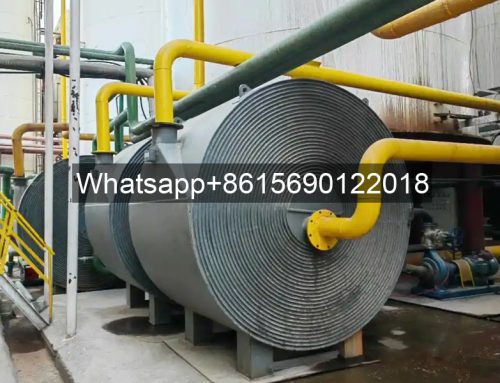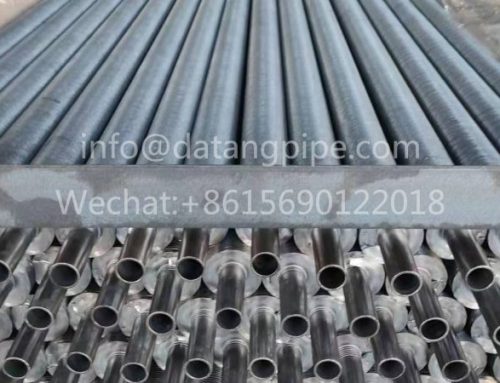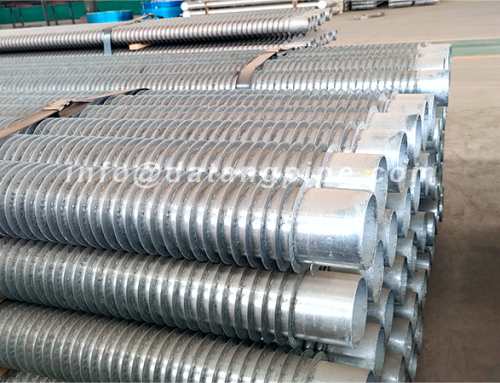Choosing the Right Finned Tube for Air-Cooled Heat Exchanger?
How to Choose the Right Finned Tube for an Air-Cooled Heat Exchanger
Selecting the right finned tube for an air-cooled heat exchanger requires comprehensive consideration of factors such as material, spacing, and structural parameters. The following are key points:
Material Selection
Base Tube Material: Aluminum alloy base tubes (containing silicon-manganese) are commonly used in the oil refining and chemical industries. Carbon steel base tubes are commonly used in the power industry. Stainless steel base tubes can be used for highly corrosive environments or special processes.
Fin Material: Aluminum fins offer high cost-effectiveness, copper fins offer better thermal conductivity, and stainless steel fins offer strong corrosion resistance. The specific choice should be based on the operating conditions.
Fin Pitch
For wet air coolers, a 3.2mm or 3.6mm pitch is recommended to avoid cooling water stagnation due to surface tension, which affects heat dissipation.
For dry air coolers, the pitch can be adjusted based on actual operating conditions, but a pitch of 2.3mm, 2.5mm, or even larger is generally used.
Structural Parameters
The fin ratio is recommended to be between 17 and 28 to balance heat transfer efficiency and resistance.
An equilateral triangle arrangement is often used, with a recommended tube center-to-center spacing of 45mm to reduce resistance and noise.
Other Considerations
Ensure that cooling water and air flow in countercurrents, maintaining a mass flow rate within 2.5 to 3.5 kg/m2·s to avoid water accumulation that could reduce heat transfer efficiency.
Fin tubes processed using high-frequency welding are preferred, as they balance strength and heat transfer performance.
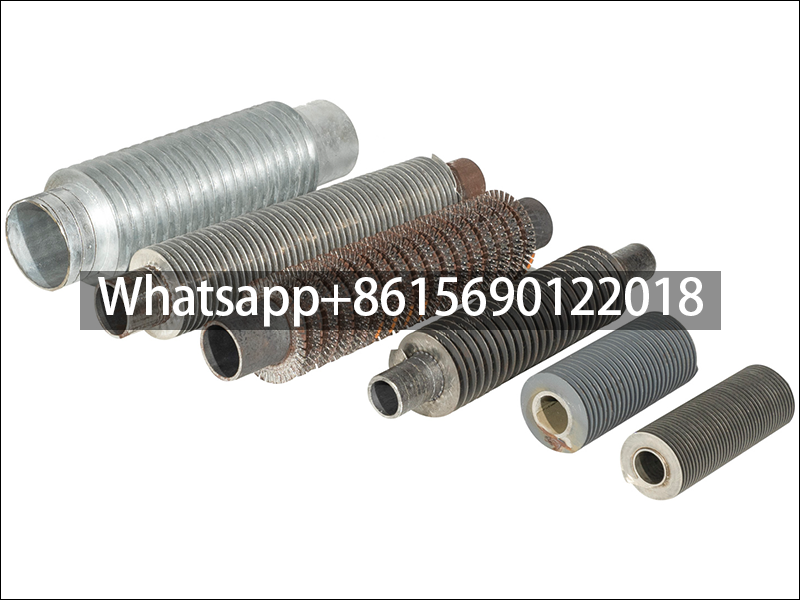
Finned Tube And Finned Tube Price
Reasons for Using Finned Tubes in Air Coolers
The unique advantages of finned tubes
As the name suggests, finned tubes are constructed by adding fins to the outer surface of a base tube, significantly increasing the heat transfer area and improving heat transfer efficiency per unit volume. This advantage is particularly important in air cooler applications, as the primary function of an air cooler is to efficiently transfer and dissipate heat.
The finned tube design effectively improves fluid flow within the tubes, reducing flow resistance and thereby enhancing heat transfer efficiency.
During air cooler operation, the finned tube design ensures a more uniform flow of fluid through the tubes, reducing heat accumulation and localized overheating caused by uneven flow, further enhancing equipment stability and reliability.
The finned tube’s structural design provides excellent corrosion and wear resistance, enabling it to withstand a variety of harsh operating environments.
In air cooler applications, finned tubes effectively withstand the effects of high temperatures, high pressures, and chemical corrosion, ensuring long-term stable operation.
Finned tubes also offer the advantages of easy installation and maintenance
Their compact structure and easy installation significantly reduce installation costs and time. Furthermore, the finned tube design simplifies maintenance, reducing equipment maintenance costs.
The use of finned tubes in air coolers is primarily due to their efficient heat transfer performance, excellent fluid dynamics, superior corrosion and wear resistance, and ease of installation and maintenance. These factors combine to make finned tubes an ideal heat exchange element for air coolers, providing powerful heat exchange technology support for industrial production.
How to choose the right air cooler?
It’s important to clearly define the cooling process requirements, including the required cooling medium flow rate, temperature range, and pressure.
Different media characteristics significantly influence the design and selection of the air cooler. For example, if some media are corrosive, corrosion-resistant finned tube materials are required.
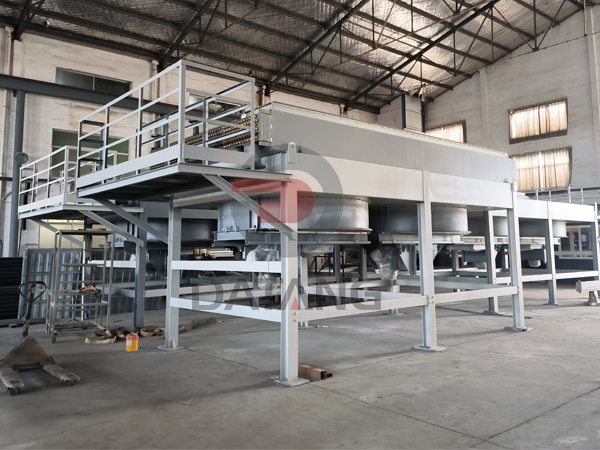
Air cooled heat exchanger for refining unit in large oil refinery
Consider site space and installation conditions.
The size and shape of the air cooler should match the installation space to ensure smooth installation without disrupting the operation of surrounding equipment. Maintenance and overhaul convenience should also be considered, ensuring easy cleaning and replacement of components such as the finned tubes.
Heat load is a key consideration.
The heat load determines the heat exchange capacity of the air cooler. The appropriate finned tube specifications and quantity should be selected based on the actual heat load requirements to ensure efficient heat exchange.
Environmental factors should also be considered.
If the working environment is relatively harsh, such as strong wind and sand or humid and rainy, it is necessary to choose a finned tube air cooler with wind and sand resistance and corrosion resistance to ensure its long-term stable operation.


